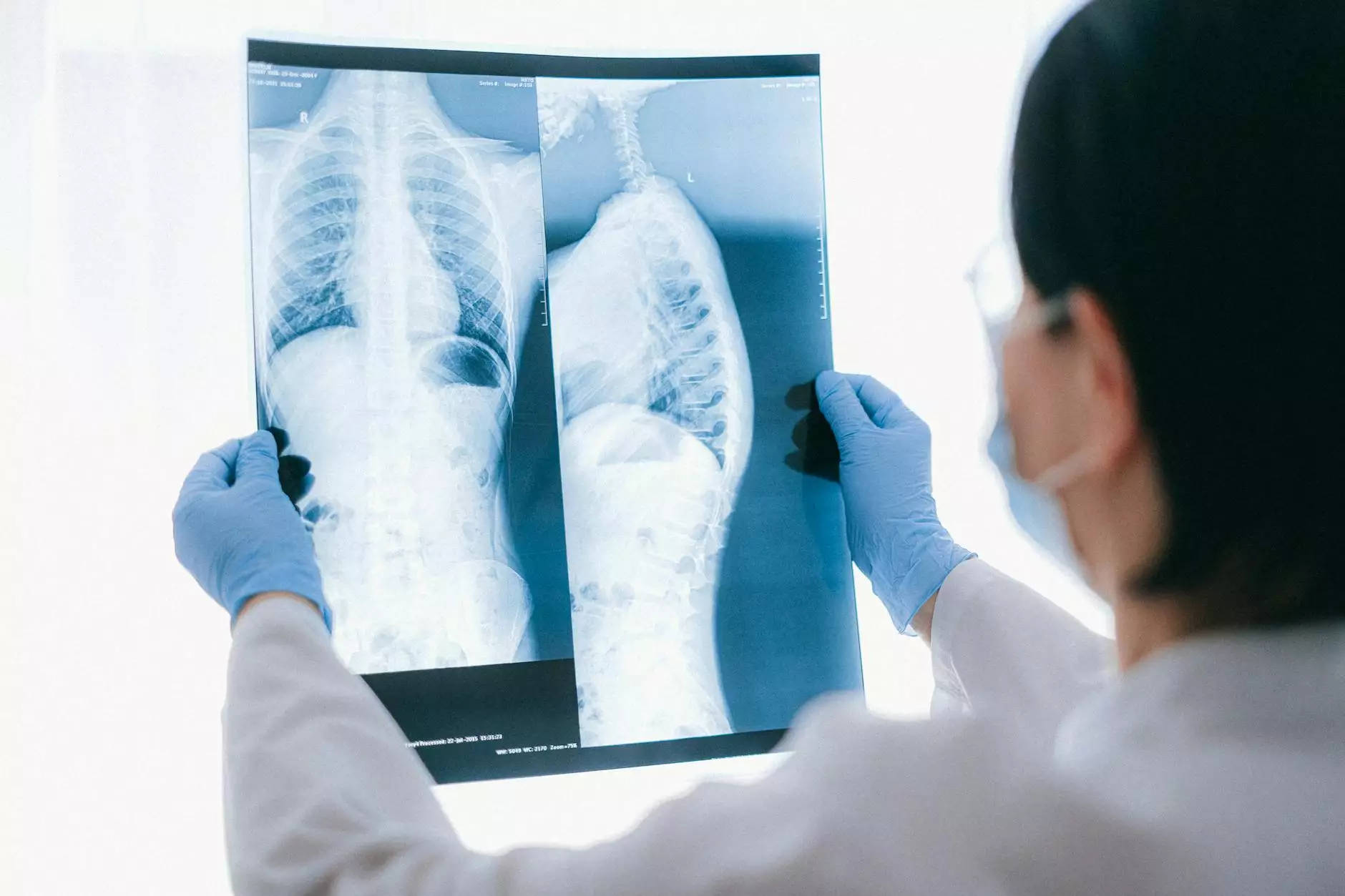Understanding Segmental Dysfunction of the Thoracic Region

Segmental dysfunction of the thoracic region is a common yet frequently overlooked condition that affects many individuals—whether due to sedentary lifestyles, repetitive strain, or other physiological factors. This article delves deep into the intricacies of this condition, examining its causes, symptoms, diagnosis, and treatment options, with a focus on how effective chiropractic care can facilitate recovery.
What is Segmental Dysfunction?
Segmental dysfunction refers to the impaired function of a specific spinal segment. Within the context of the thoracic region, this involves the vertebrae located in the mid-back area. These segments are pivotal for maintaining proper posture, facilitating movement, and protecting vital organs.
The Thoracic Region: Anatomy and Function
The thoracic spine consists of twelve vertebrae, labeled T1 to T12. These bones form the upper and middle back, connecting to the rib cage and providing structural support. The thoracic spine is crucial for several reasons:
- Postural Support: It plays a key role in maintaining an upright posture.
- Protection: The thoracic region encases vital organs such as the heart and lungs.
- Movement: It allows for a range of movements, including rotation and flexion.
Causes of Segmental Dysfunction in the Thoracic Region
Segmental dysfunction in the thoracic region can arise from various causes, including:
1. Mechanical Factors
Restricted movement can result from poor ergonomics, improper lifting techniques, or engaging in repetitive motions. Over time, these factors can lead to joint stiffness, misalignments, or dysfunction.
2. Trauma
Injuries due to accidents, falls, or sports-related incidents can result in structural damage to the thoracic vertebrae, leading to segmental dysfunction.
3. Postural Imbalances
Extended periods of sitting, especially if slumped, can create muscle imbalances that contribute to the development of dysfunction in the thoracic region.
4. Degenerative Changes
Age-related changes such as degenerative disc disease or osteoarthritis can alter spinal mechanics, leading to dysfunction.
Symptoms of Thoracic Segmental Dysfunction
Individuals with segmental dysfunction in the thoracic region may experience a variety of symptoms, which can significantly impact their quality of life:
- Pain: Localized or referred pain in the upper back, which can radiate to the shoulders or neck.
- Stiffness: Reduced range of motion in the thoracic spine.
- Muscle Spasms: Tightness and spasms in surrounding muscles.
- Numbness or Tingling: Sensations that may extend down the arms if nerve irritation occurs.
- Breathing Difficulties: Impaired thoracic mobility can affect lung expansion.
Diagnosis of Segmental Dysfunction
Diagnosing segmental dysfunction in the thoracic region typically involves a thorough assessment by a qualified healthcare professional. This process may include:
1. Medical History
The practitioner gathers information about your symptoms, lifestyle, and any previous injuries or conditions.
2. Physical Examination
A physical exam will assess the range of motion, posture, and demonstrate specific tests to identify areas of dysfunction or pain.
3. Imaging Techniques
In some cases, imaging studies such as X-rays or MRI may be needed to rule out other conditions or visualize structural issues.
Treatment Options for Segmental Dysfunction of the Thoracic Region
Effective treatment for segmental dysfunction aims at restoring normal function, alleviating pain, and improving quality of life. Options may include:
Chiropractic Care
Chiropractors specialize in diagnosing and treating musculoskeletal disorders. Techniques often include:
- Spinal Adjustments: Manual adjustments aim to realign vertebrae and restore proper function.
- Therapeutic Exercises: Specific exercises can strengthen the thoracic musculature and improve posture.
- Soft Tissue Therapy: Techniques like massage help release tension in surrounding muscles.
- Postural Education: Guidance on postural habits can prevent future dysfunction.
Physical Therapy
Physical therapists can design rehabilitation programs focusing on strengthening and stabilizing the thoracic region while promoting functional movement.
Medications
Over-the-counter pain relievers or anti-inflammatory medications may be prescribed to alleviate acute discomfort.
Complementary Treatments
Complementary therapies such as acupuncture, yoga, and stretching exercises can also support recovery and enhance overall wellness.
Preventing Segmental Dysfunction
While not all cases of segmental dysfunction can be prevented, proactive measures can significantly reduce the risk:
- Maintain Good Posture: Regularly assess your posture while sitting and standing.
- Ergonomic Workspace: Invest in ergonomic furniture and equipment to minimize strain.
- Stay Active: Regular physical activity strengthens muscles and enhances flexibility.
- Routine Check-ups: Regular visits to a chiropractor can help detect early signs of dysfunction.
Conclusion
Understanding segmental dysfunction of the thoracic region is crucial for anyone experiencing related symptoms or interested in maintaining spinal health. Early recognition and intervention can lead to effective treatment outcomes. Engaging with chiropractic care can be particularly beneficial, as it not only addresses the immediate pain associated with thoracic dysfunction but also provides long-term strategies for prevention and wellness.
For more information on segmental dysfunction of the thoracic region and how chiropractic care from IAOM-US can assist, visit our website and take the first step toward a healthier, pain-free life.
segmental dysfunction of thoracic region






